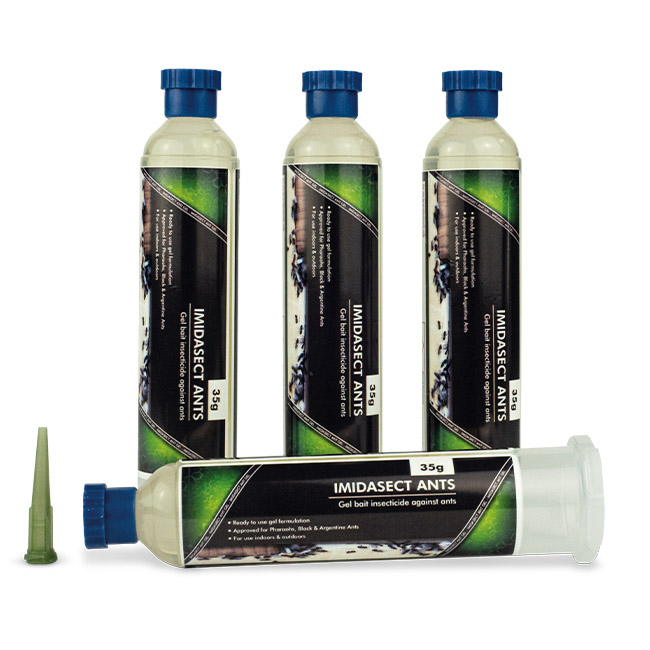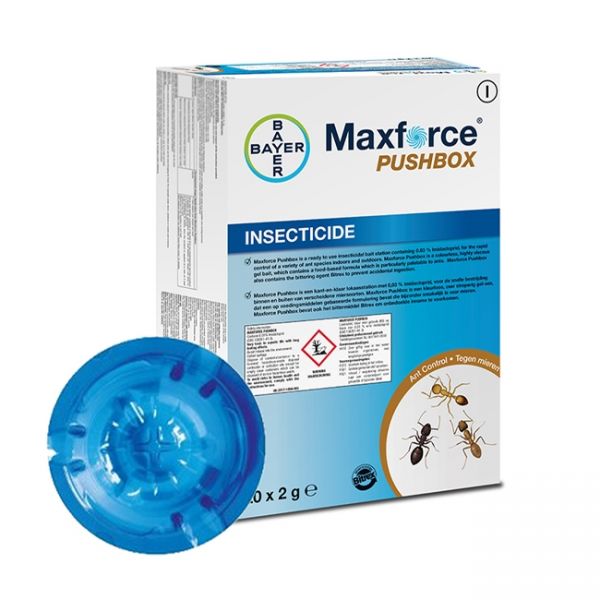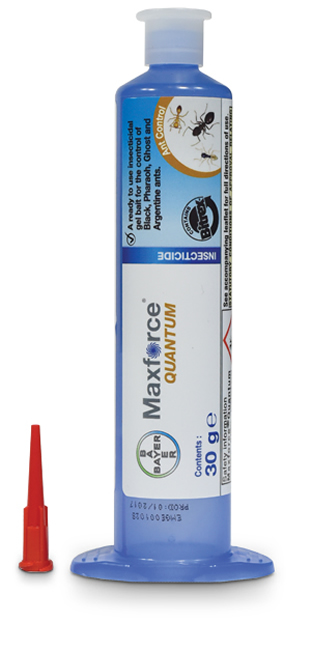Lesser House Fly (Fannia canicularis)
Lesser House Fly (Fannia canicularis)
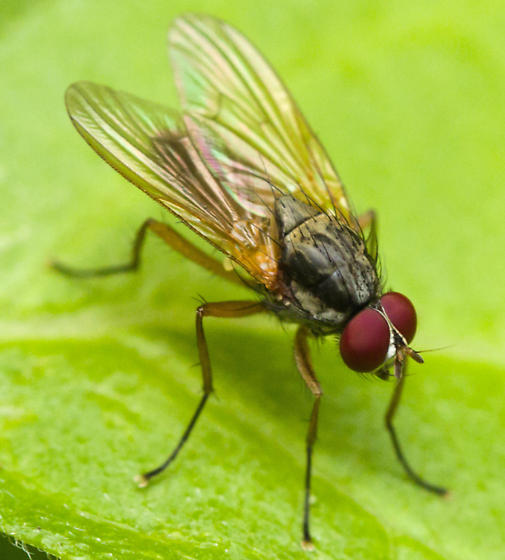 |
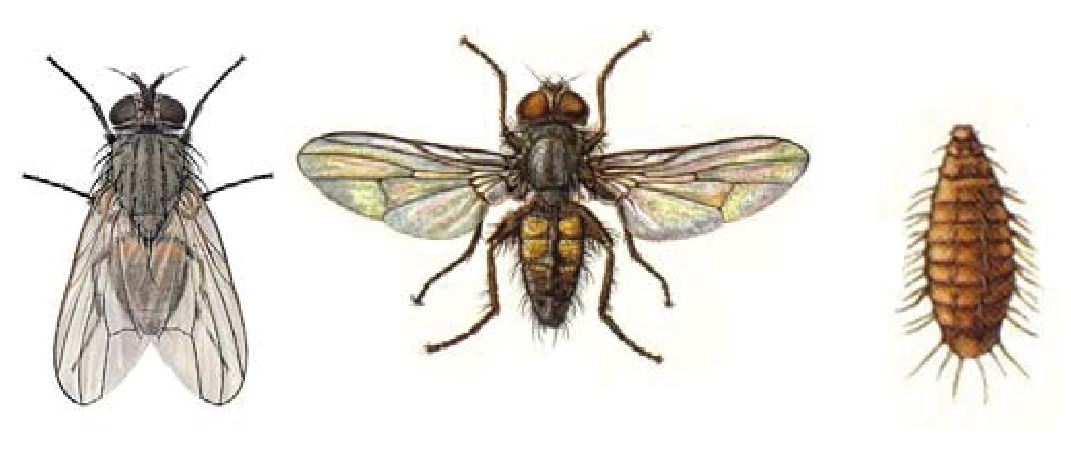 |
Identification:
Adults, 6 mm long with 12 mm wingspan. Grey thorax with 3 faint longitudinal stripes, the base of abdomen has an extensive yellow patch.
Larvae, about 1.5mm long when newly hatched and 5 -8mm long when mature, pale brown in colour, ovoid in shape with whip–like protuberances around the edges. At rest, wings are folded along the abdomen.
Biology:
The Lesser House Fly breeds in semi–liquid decaying organic matter. 2 to 5 days after emerging, the female fly begins depositing eggs in batches of up to 50 and may lay altogether up to 2,000 eggs on the surface of moist, decaying materials. Eggs hatch in 24 hours. Larvae take 3 – 60 days to mature; pupae 3 – 28 days. Lesser house flies are more tolerant of cooler conditions.
Control:
Good hygiene is necessary to limit potential breeding sites and food sources. Domestic refuse should be stored in well-sealed bins, for early removal to disposal sites. High-risk material should be sealed in bags and burnt wherever possible. Refuse tips should be covered with earth, to a depth of at least 230mm (9 inches), and then compacted. This will minimise adult emergence and promote fermentation temperatures at which larvae cannot survive. Farm manure: manure should be kept as dry as possible, especially in poultry houses, where leaking water feeders can provide ideal, moist breeding conditions. Entry of adult flies into buildings can be prevented by 1.18mm-mesh fly-screens (which can easily be removed for cleaning), air curtains, bead screens or self-closing doors equipped with rubber flaps. A residual insecticide labelled for flying insect control can be applied to fly alighting surfaces taking care not to contaminate areas where food is stored or prepared. Flying insect aerosols can be used for individual nuisance flies.
**Products to control Lesser House Fly:
|
Imidasect Ant Gel (35g tube) |
Maxforce Pushbox (20 x 2g) |
Maxforce Quantum Gel (30g tube) |

